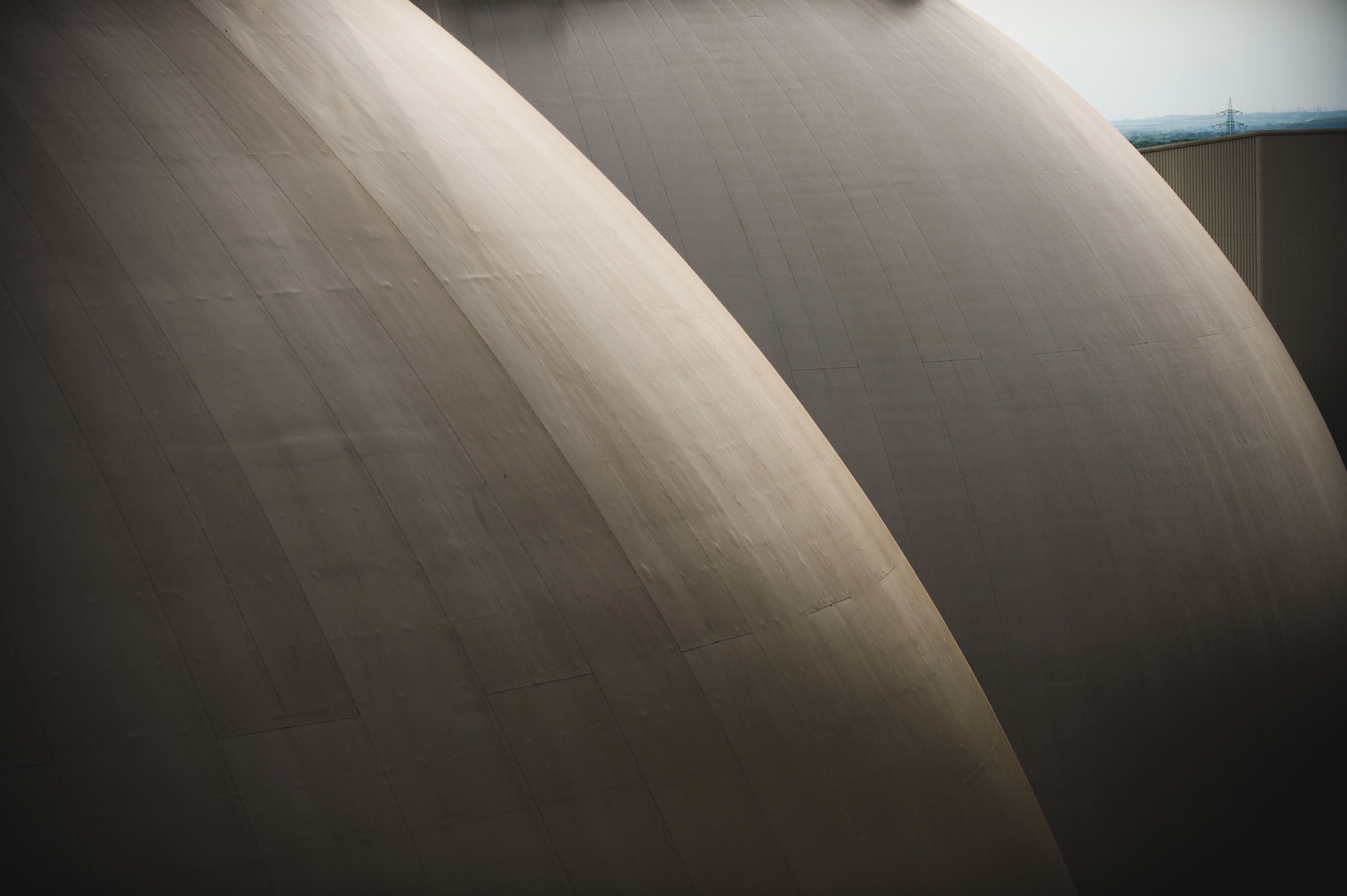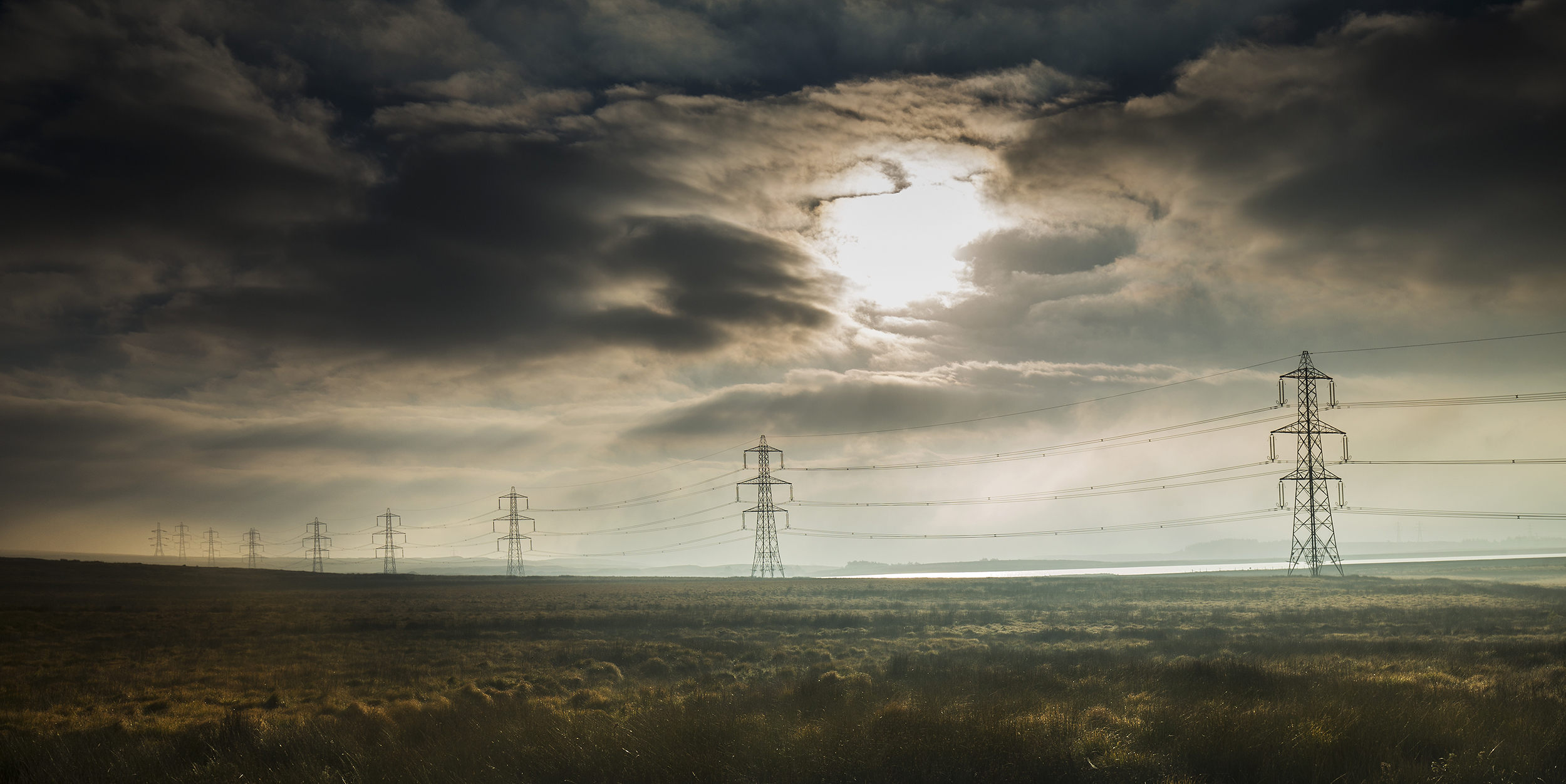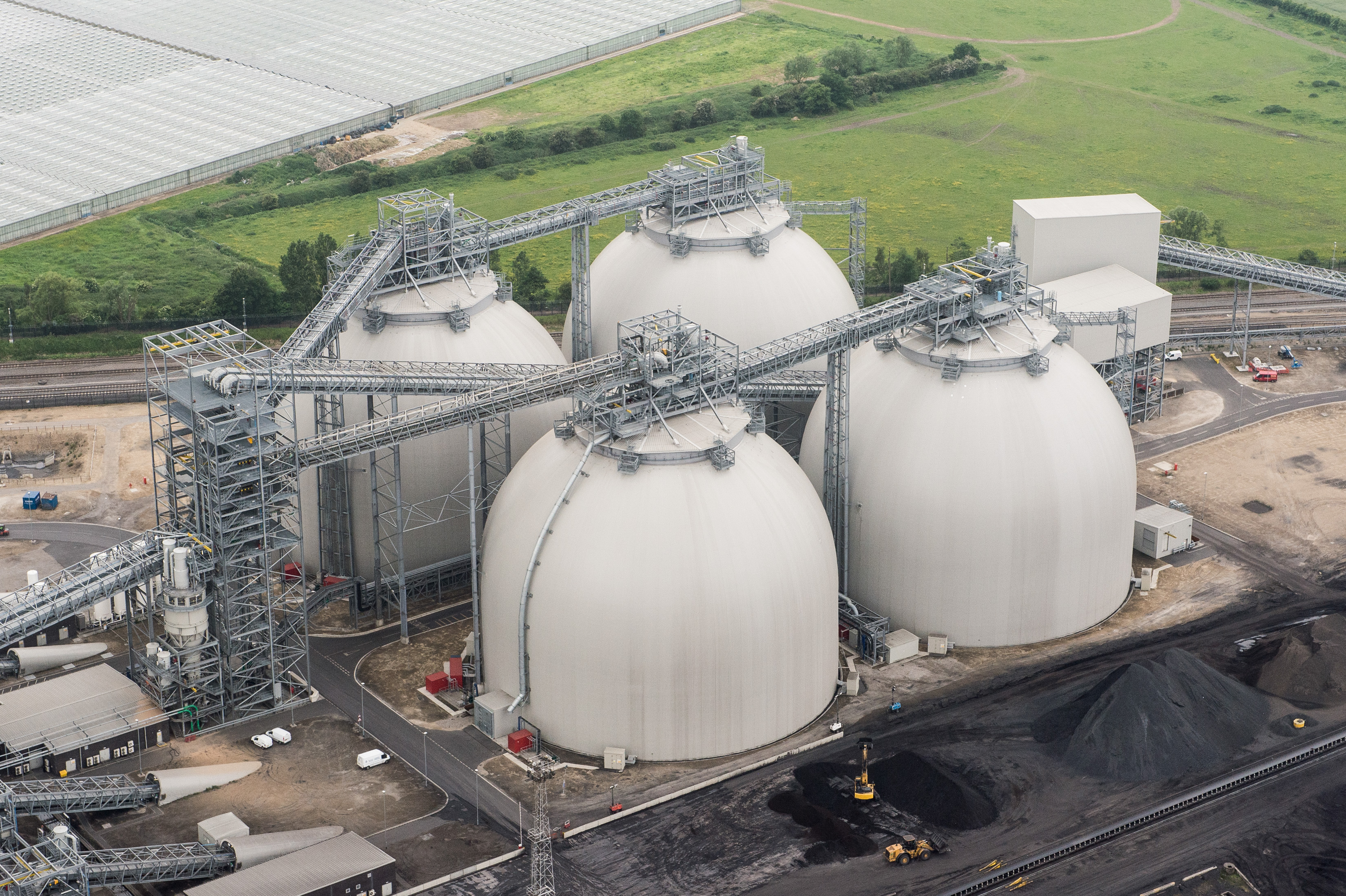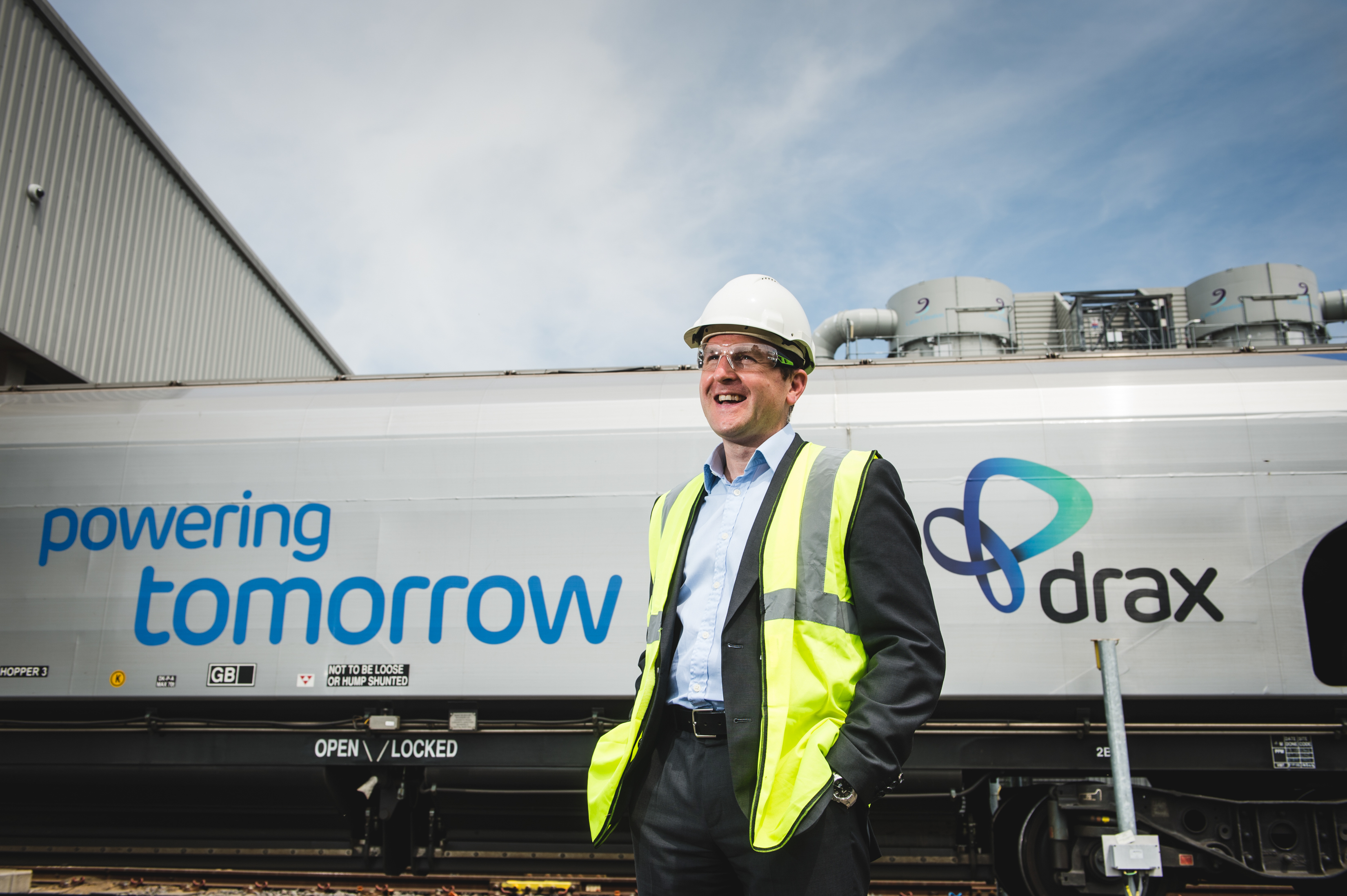
A new survey from the Green Alliance and Regen SW shows that Selby in North Yorkshire produces the most renewable energy of any area in England and Wales. As you can see, Drax’s home tops the chart by a large margin.
That’s because between three and four per cent of the UK’s electricity is generated from sustainable biomass here at Drax power station.
We’ve already converted half the station to use compressed wood pellets. That half of Drax has reduced its carbon emissions by more than 80 per cent as a result.
But there’s so much more Drax could do to help the UK get more coal off the grid. And if the Green Alliance’s next data visualization pitted renewables against fossil fuels, a renewable-only Drax as our country’s biggest power station would give low carbon technologies an even bigger share than would be the case today.
Drax can not only generate more renewable power ourselves, but also help solar and wind power to cope with demand as some of the older coal, gas and nuclear plant retire over the coming years.
Moving towards a balanced mix of renewables including further biomass upgrades at Drax could save bill payers billions of pounds found research carried out by NERA and Imperial College London.
This was commissioned by Drax to establish the ‘true’ cost of the main forms of renewable energy – wind, solar and biomass.
The UK is already far below the European average when it comes to using wood for energy.
If the government made the right decision and levelled the playing field for biomass in the UK, Drax could help our country climb the table, meet our national climate change targets more quickly and contribute to saving bill payers billions of pounds. Upgrading from coal to wood pellets is also ensuring Drax Group – which employs more than 1,400 people – has a real future at the heart of the Northern Powerhouse.
However it’s not just for government to change the status quo – businesses have a role to play too. Many UK businesses have made firm commitments to limit and reduce their impact on the environment. For all, their use of energy is a critical area to consider and address. Some of the biggest electricity users such as Thames Water and Manchester Airport Group are increasingly demanding renewable electricity. Drax Group’s Haven Power is proud to offer the only 100% guaranteed renewable electricity product in the market to businesses big and small.
Perhaps that’s what the Green Alliance’s next index could investigate – which businesses have taken practical steps towards a renewable future.












